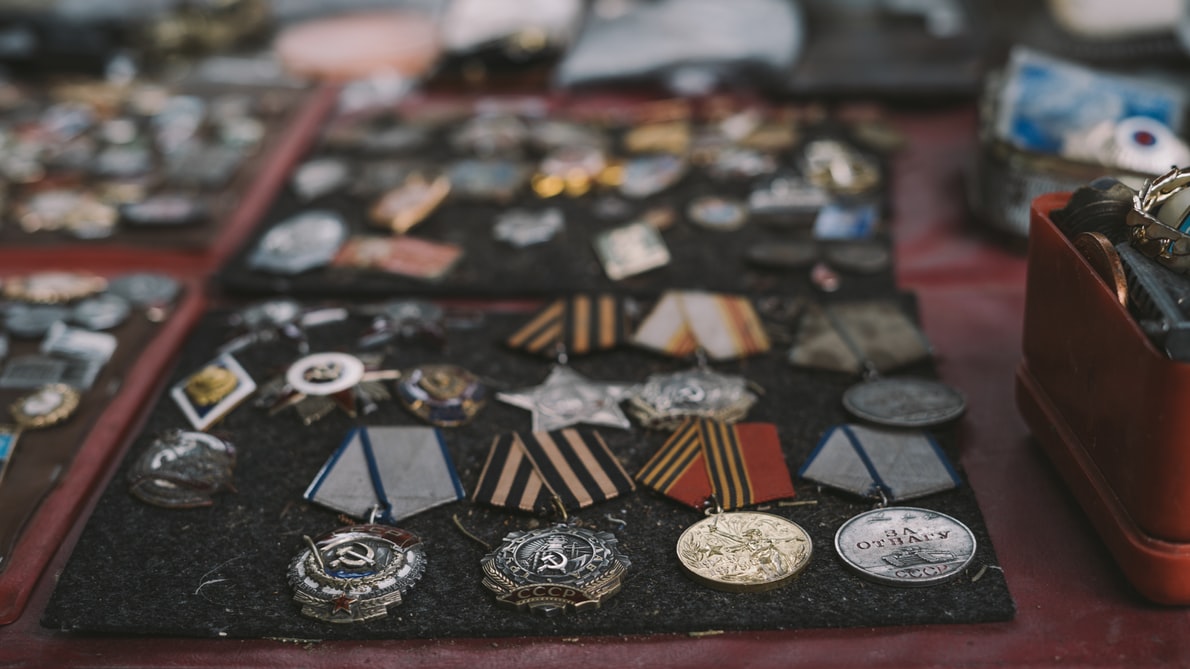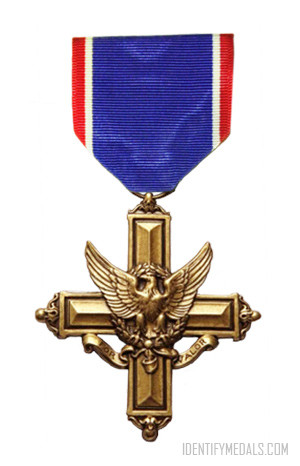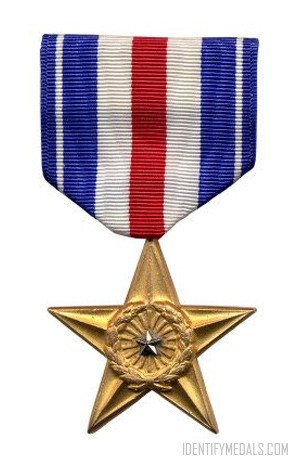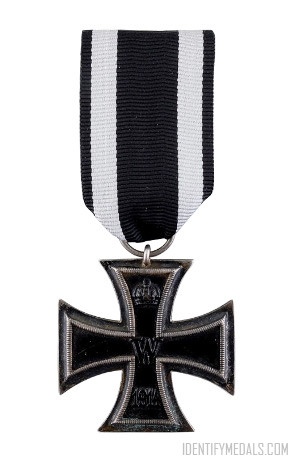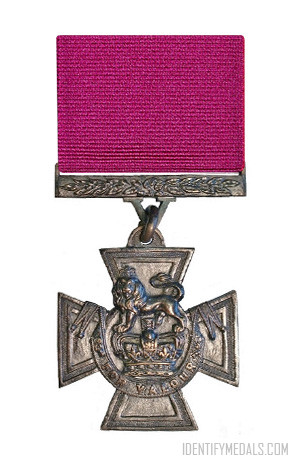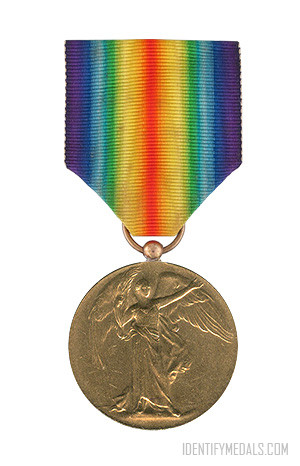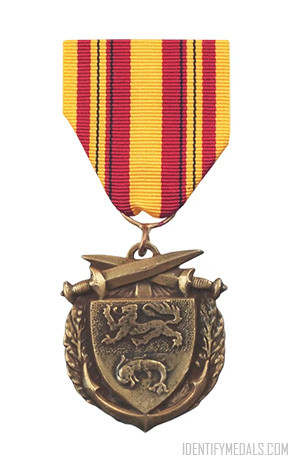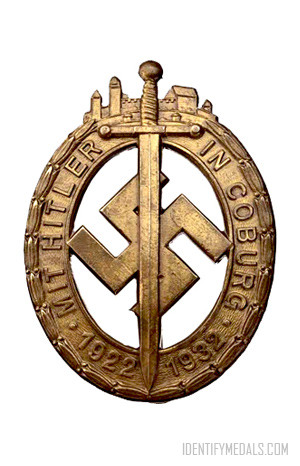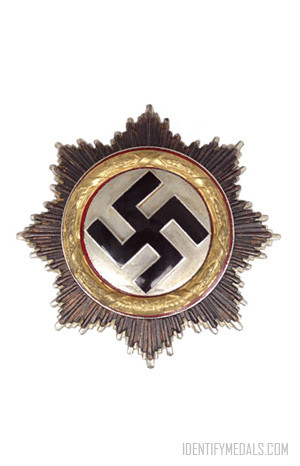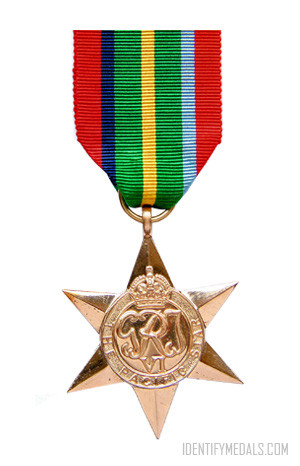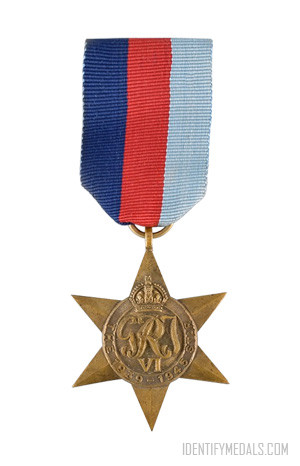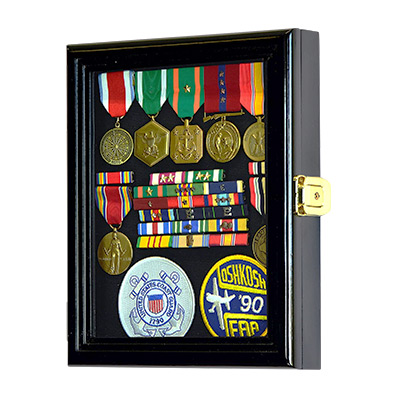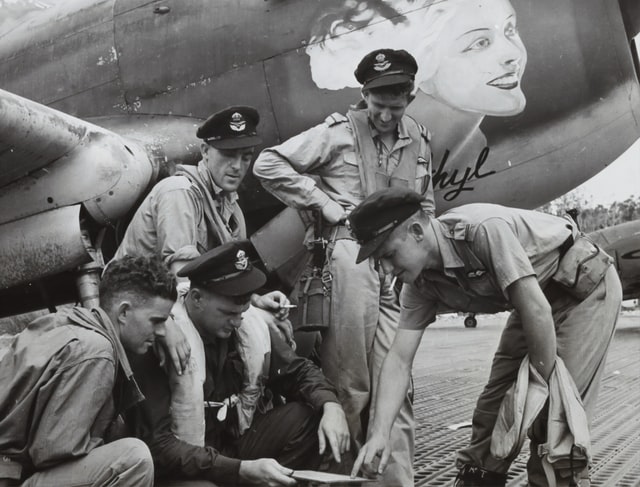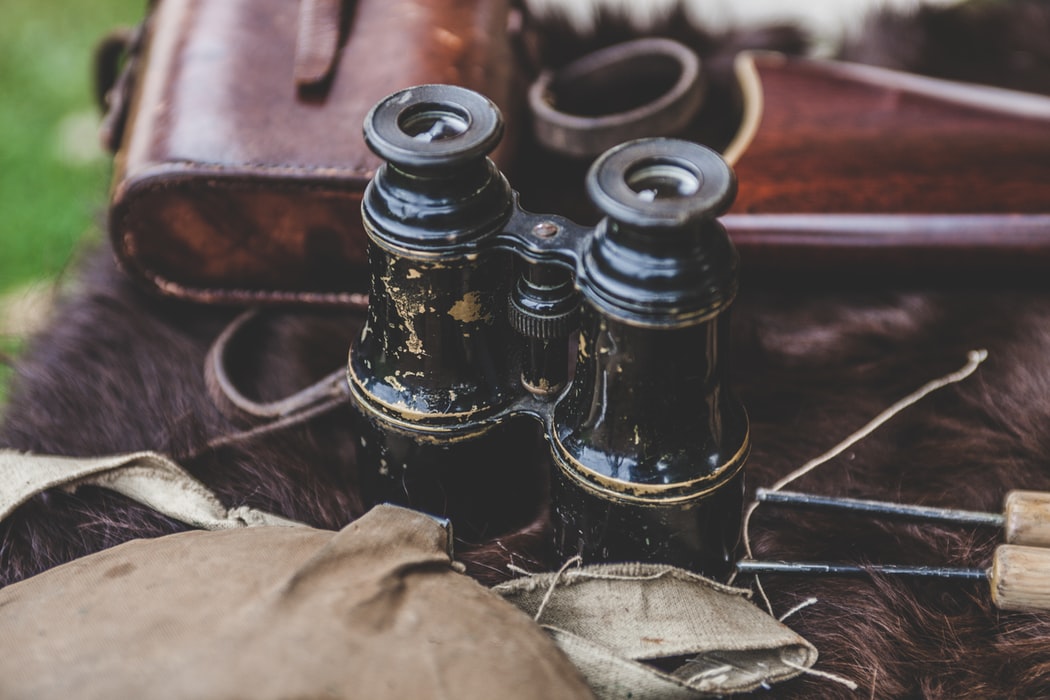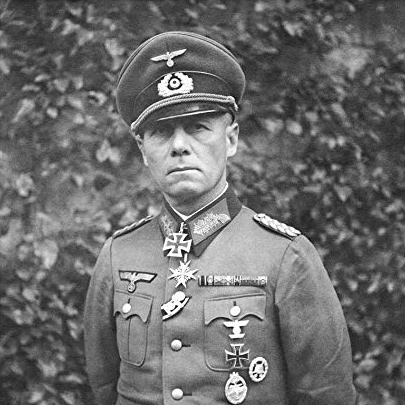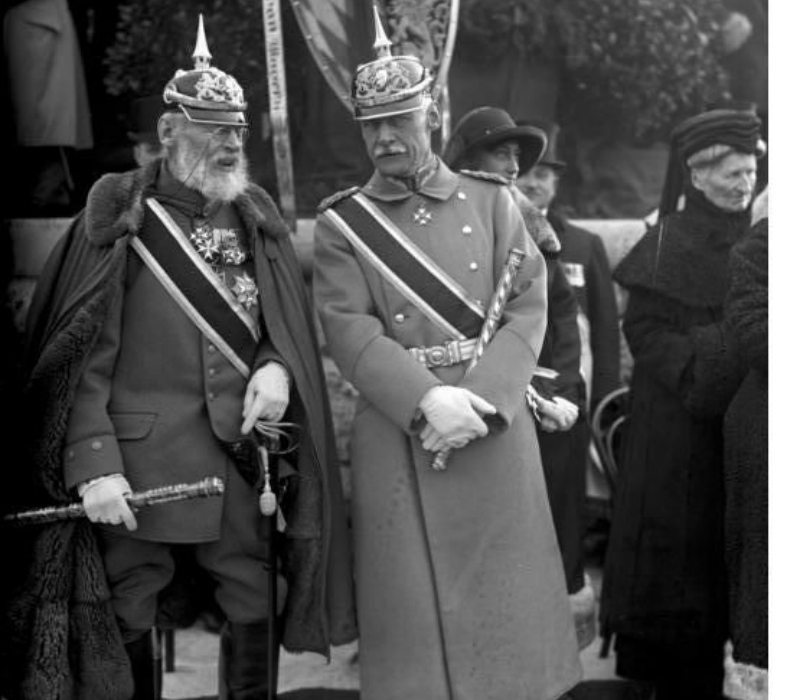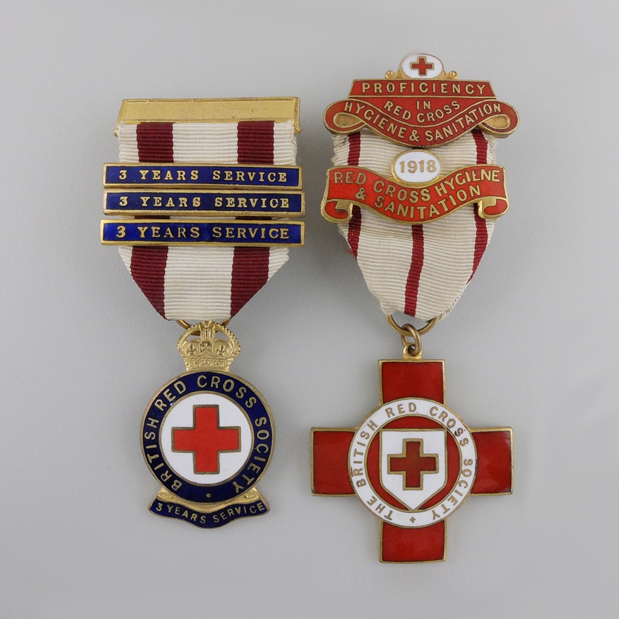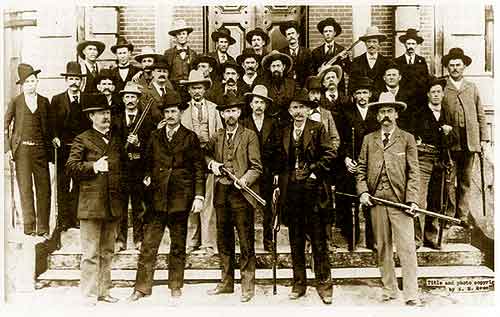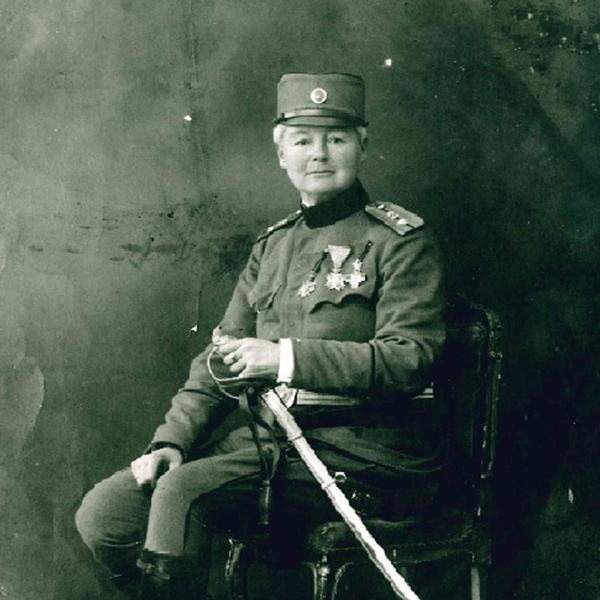The tradition of awarding medals and decorations can be traced hundreds of years into the past. Most medals were a piece of metal, struck in gold, silver, bronze or lead, with an embossed design that commemorated a person, a place or an event. Some took the shape of small medallions and others were as big as large plaques or plaquettes.
How were Medals Constructed?
The process of creating medals could use a variety of techniques. Some were struck from a die engraved in intaglio – the design was then applied on the metal by pressure. Others were cast from models of wax, wood, or stone. A few were produced by repoussé, using two interlocking molds.
In 1786, the English engineer Matthew Boulton introduced steam-powered presses for coin and medal making, as well as the use of the reducing machine, which could turn a sculptor’s large-scale relief into a working die. It wasn’t until the 19th century, however, that machine cutters were introduced. These machines were able to copy a design mechanically, eliminating hand cutting.
What was the First Medal?
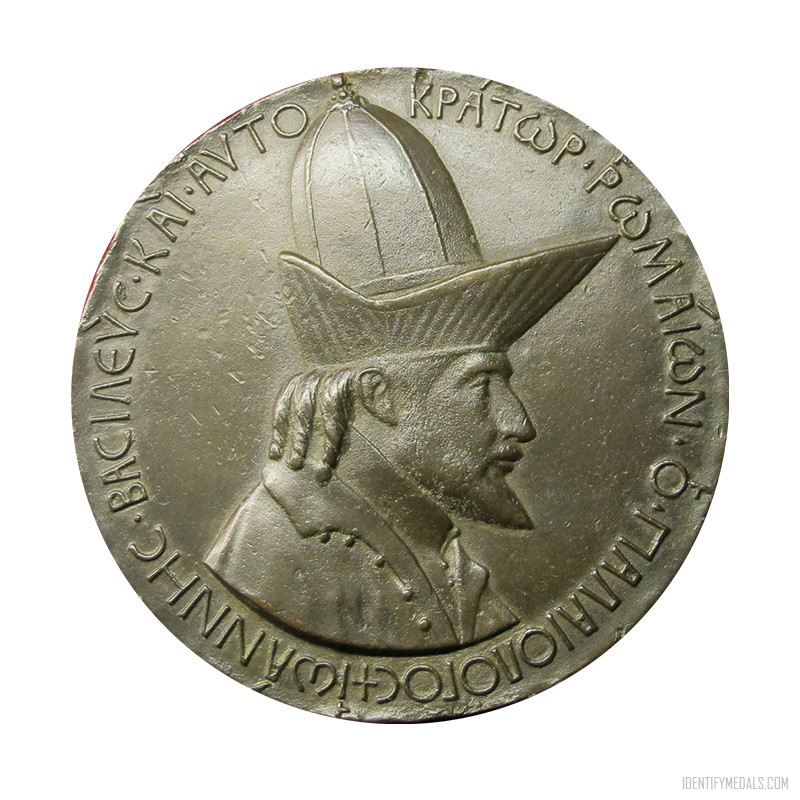
Most experts agree that the first medal ever created was made by Antonio Pisano (or “Pisanello“), an Italian painter that lived from 1395 to 1455.
The medal, made in 1438, portrays John VIII Palaeologus – the penultimate Byzantine emperor. Several painters have also famously depicted John VIII Palaiologos on the occasion of his visit to Italy. For example, Benozzo Gozzoli painted him portrait on the southern wall of the Magi Chapel, at the Medici-Riccardi Palace in Florence.
You can read more about this medal in the article: The First Ever Military Medal: Who Created it and Why.
Early European Medals
Pisanello is universally considered the father of commemorative portrait medalists. He was the first artist to melt his, a process closer to the creation of bronze low-relief. However, other European countries would soon begin to try their own medals.
In France, for example, the first commemorative medals were produced in the 15th century. For example, in 1455, a few heraldic pieces were struck in gold and silver to commemorate the expulsion of the English. And The first medal portrait produced in France was that of Charles VIII and Anne of Brittany, who visited Lyon in 1494.
The most popular northern Renaissance medal, however, is the Medal of Erasmus, made in 1519 in Antwerp by Quentin Massys. Medal production in the Netherlands was particularly stimulated by the need for propaganda medals during the war with Spain (1568–1648).
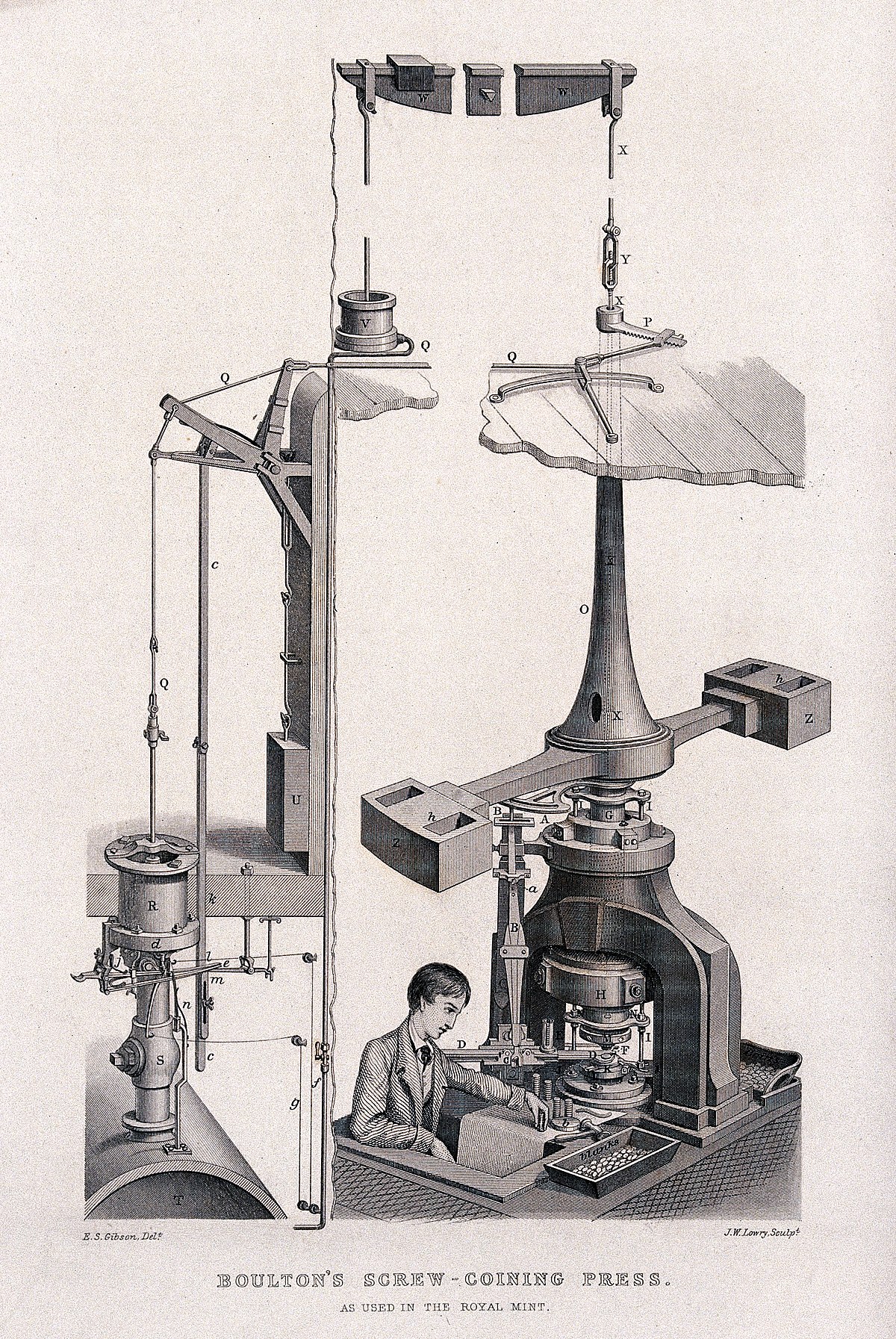
Medals in the Baroque Period
The 17th Century was the time of large struck propaganda. The Thirty-Years War and the Dutch Wars with France and England were in part responsible for this. Saxony, Poland, Sweden and the Holy Roman Empire hired Sebastian Dadler (1586–1657) to produce large struck medals that displayed the political events. In Stockhold, Johann Carl Hedlinger (1691–1771), a Swiss trained in Paris, became court medalist.
The style that dominated in the 17th Century was that of Versailles – while the Mint of Paris was widely admired and respected. For example, the series Histoire métallique, a series of large medals struck to commemorate Louis XIV, was imitated all around Europe. In England, the fist Baroque medal was that of King Charles II in 1660 – made by the Paris-trained medalist John Roettier in the French court style. Also in England, Thomas and Abraham Simon produced refined cast portrait medals, while the Napoleonic regime ordered an elaborate Histoire métallique.
The Oldest Medal Still in Use
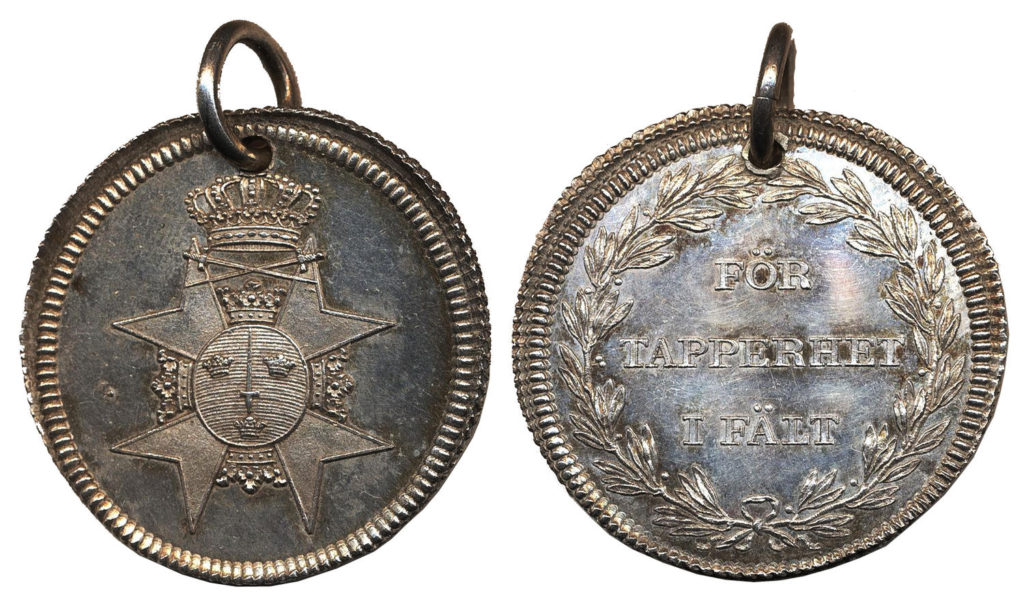
The oldest military decoration still in use the Sweddish För tapperhet i fält (“For Valor in the Field” medal) and the För tapperhet till sjöss (“For Valor at Sea” medal). These decorations were awarded for valor in the field or at sea in wartime. They were instituted by Swedish king Gustav III on 28 May 1789, during his war against Russia.
The New Parisian and Art Noveau Schools
The invention of the reducing machine and the wider use of steam-powered presses were crucial to the development of the new Parisian school of the Art Nouveau, which was founded by Jules-Clément Chaplain (1839–1909) and Louis Oscar Roty (1846–1911). Rival schools were erected in Vienna, Hungary, and Bohemia. In England, a few sculptors took up medal making. And in Germany, reacting the new Parisian school, a school of expressionist medalists flourished.

Medals and the American Revolutionary War
In 1787, Col. David Humphreys, an American Revolutionary War colonel and aide de camp to George Washington, wrote: “Few inventions could be more happily calculated to diffuse the knowledge and preserve the memory of illustrious characters and splendid events, than medals.” From the outset, Congress was imbued with the conviction that only the highest achievement would be entitled to such a distinction.
Following a long-standing practice, the American Congress commissioned a series of gold medals that represented the most distinguished achievements. Other awards included silver and bronze medals, and ceremonial swords. Following the ratification of the Constitution, the first gold medal was given to Captain Thomas Truxtun in 1800. Subsequently, Congress commissioned 27 gold medals for notable victories and achievements. The gold medal continues to be awarded to the present day.
Medals and the Great War
A significant number of medals and awards were given for gallantry or meritorious service for those who fought during the Great War. Some of the most popular include Pip, Squeak and Wilfred (the affectionate names given to the three WW1 campaign medals from the United Kingdom: The 1914 Star or 1914-15 Star, the British War Medal and the Victory Medal), the French War Cross and Belgian War Cross, and the German Iron Cross, Wound Badge and the Hindenburg Cross.
Medals and the Second world War
During and after the Second World War, which lasted from 1939 to 1945, numerous campaign medals and awards were instituted in recognition of service. Some medals denote extraordinary service in ground operations, aerial flight, or Sea Services.
Medals Today
Medals and decorations continue to be awarded today for a variety of achievements. These include campaign medals for acts of bravery, awards for cultural and scientific advances, and commemorative medals and coins.
Further Reading About the History of Medals
-
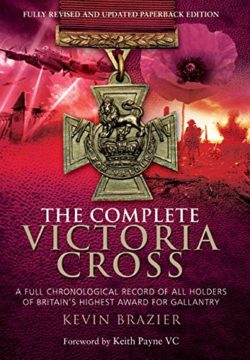
The Complete Victoria Cross: A Full Chronological Record
$10.85 Get it from Amazon -
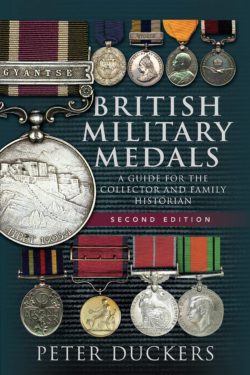
British Military Medals – Second Edition
$20.31 Get it from Amazon -
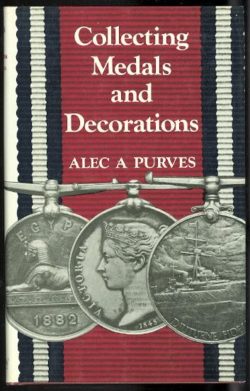
Collecting Medals and Decorations
$25.50 Get it from Amazon -
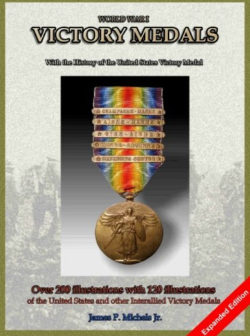
World War I – Victory Medals
$34.00 Get it from Amazon -
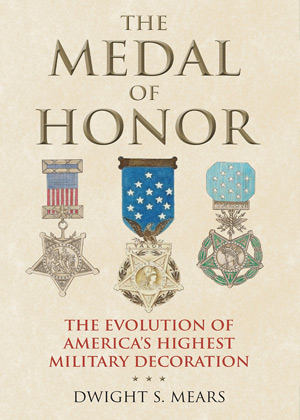
The Medal of Honor: The Evolution of America’s Highest Military Decoration
$39.95 Get it from Amazon

